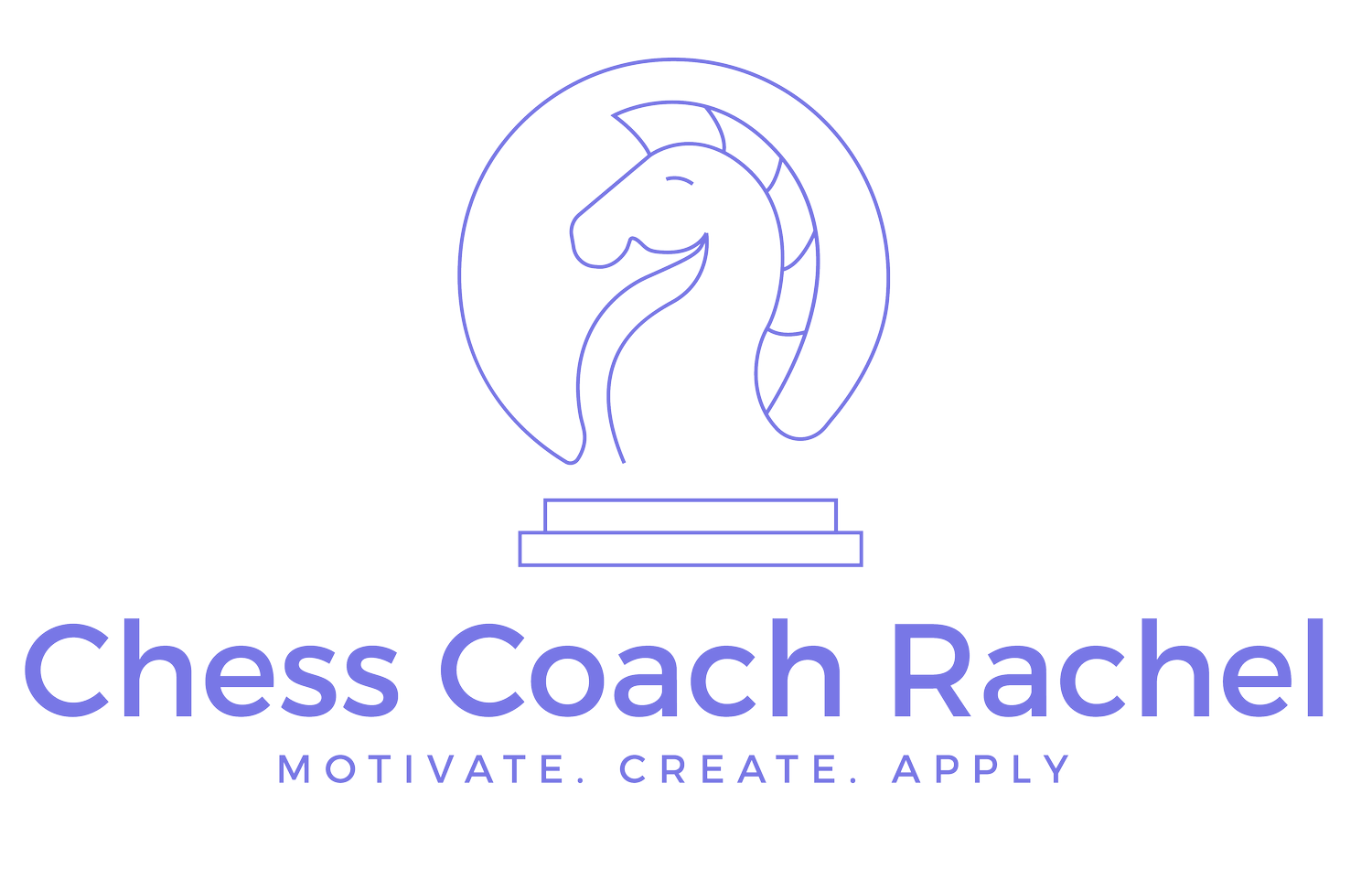The MCAT Method combines Chess with the Study Habits of a Medical Professional
The Inspiration
In 2019 I was in my third year at Queen’s University. By then, pre-medical students take the Medical College Admission Test (MCAT) to get into medical school. While researching tips for the exam, I came across an article on efficient studying strategies that helped a current doctor score in the top 1%. I thought about applying those same strategies to chess, and I ended up creating a method that let me beat a 2240 FIDE rated player in two months.
With this newfound method, I finally became a Woman International Master after trying for 4 years.
The Technique
Motivate
Get into the frame of mind for the lesson
Like an athlete getting into the zone for a match, I use a range of strategies to create heightened focus amongst students during lessons. My techniques involve motivational speaking, the establishment of clear learning goals, and emphasizing the real-world relevance of the lesson content. This multifaceted approach allows for an enriched learning experience.
Create
Understand chess examples thorough Q&A active learning
Before sessions, I analyze my student's games to pinpoint the core challenges that hinder their growth. For example, if a student is constantly losing because they don't know when to push their pawns, I research games and books to find examples that demonstrate this theme. From there, I create lessons to overcome these stumbling blocks.
I discuss the chosen examples with my students using a series of questions, allowing for active learning. This ensures that they understand the 'why' behind each move.
Apply
Solve puzzles aimed at your weaknesses
Then it's puzzle time - a practical application of newfound knowledge. My students tackle puzzles without outside help like in tournament settings, targeting their specific weaknesses and solidifying their skills. We then review their answers to fix any gaps in their technique.
Take Charge
Practice further with personalized homework
As chess is a skill, and skills take practice, I give personalized homework and training plans that focus on four key areas: Tactics, Playing Experience, Fixing Core Challenges, and Comprehensive Review. I guide students to resources, inspire them to play in tournaments, and share insights that extend their learning.







